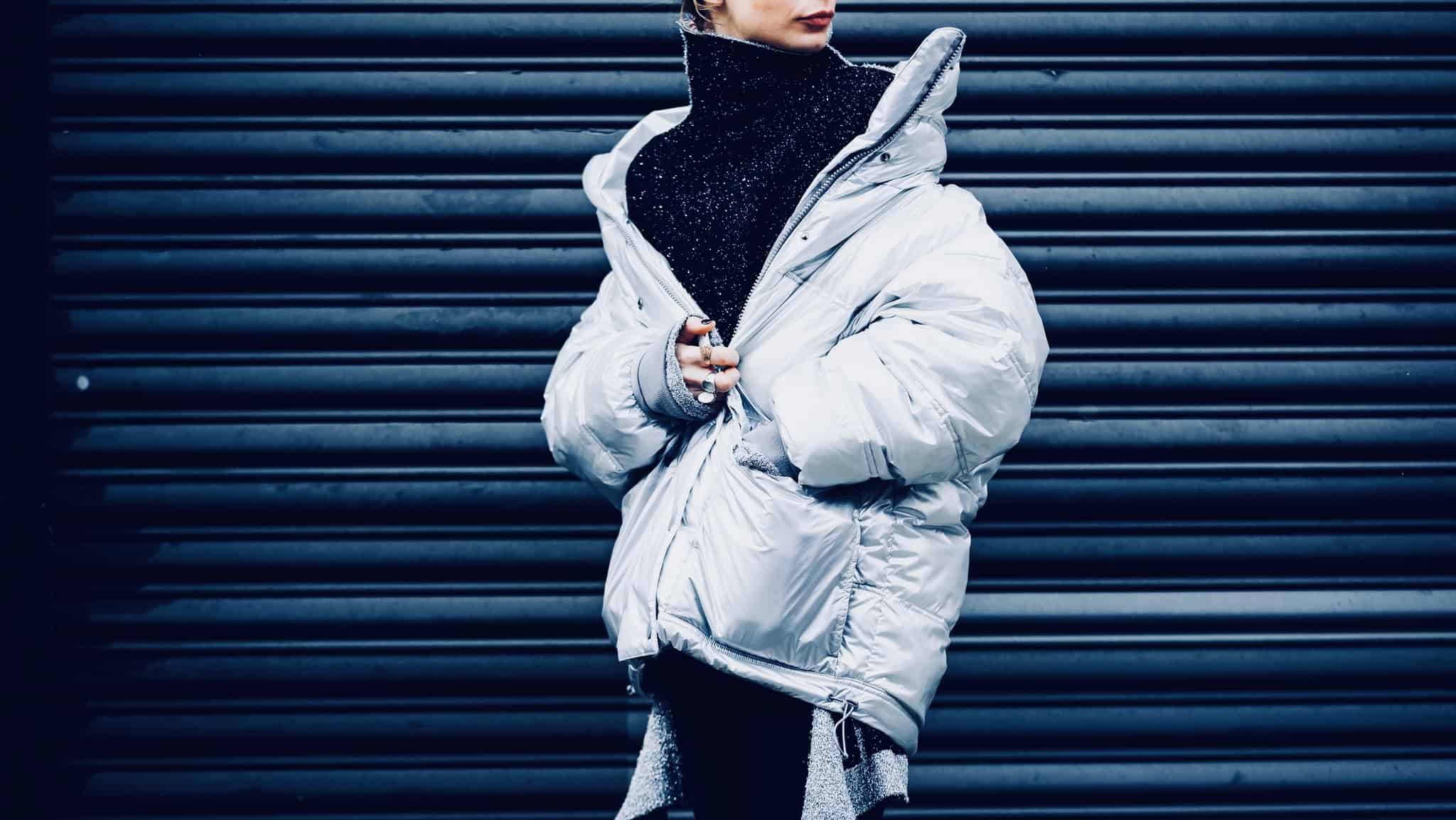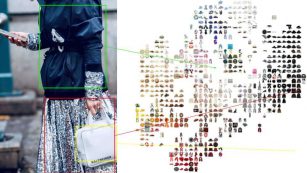 This article has been updated for the latest in AI Styling for 2020 and was first published in October 2019A question that we often get asked when attending events or explaining Intelistyle for the first time to people is “Is this the real thing. Is it real AI styling?”. Which used to surprise us but then we realised that there are so many companies out there that claim to do Machine Learning, but what they really do is package up a couple of Amazon, Google or Microsoft cloud ML APIs, combine them with a freely available dataset, and voila, here’s a service that they can sell to customers as AI styling.So we decided to do a write up on our technology to help our customers understand how this really works.
This article has been updated for the latest in AI Styling for 2020 and was first published in October 2019A question that we often get asked when attending events or explaining Intelistyle for the first time to people is “Is this the real thing. Is it real AI styling?”. Which used to surprise us but then we realised that there are so many companies out there that claim to do Machine Learning, but what they really do is package up a couple of Amazon, Google or Microsoft cloud ML APIs, combine them with a freely available dataset, and voila, here’s a service that they can sell to customers as AI styling.So we decided to do a write up on our technology to help our customers understand how this really works.How We Collect Our AI Styling Data Set
We constantly crawl the web, very much like google’s search engine does. Instead of indexing generic information though, we focus on fashion data. We have particular data sources that we prefer, like fashion magazines, social networking websites, retail websites, editorial fashion platforms and blogs. That process allows us to collect thousands of outfits put together by human stylists. We use images and text to get the most complete and accurate information.Now as you can probably imagine most of the web’s images are quite noisy. How do you extract the individual garments that are included in an outfit with varied backgrounds, different poses and models? The approach we took was to create a bounding box model that can create bounding boxes for each garment. Using that approach we were able to create a unique dataset of millions of outfits that we could use for training our AI styling model.
